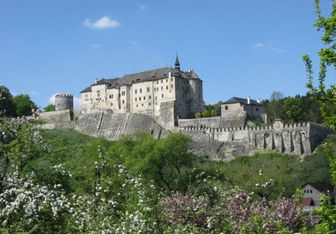
A Gothic castle from the mid-13th century with Baroque modifications; owned with few interruptions by the Šternberk dynasty. The historical interiors modified in the Baroque style feature rich stucco and painted decorations, valuable furnishings and family collections (the Knights’ Hall, the dining room, St. Sebastian’s Chapel, the Hunters’ Salon, the bedroom, the room belonging to Kašpar Šternberk with family portraits.) The exhibit features a collection of copper-engravings dating back to the Thirty Years’ War and collection of 17th century miniatures – the so-called “Dutch silver”.
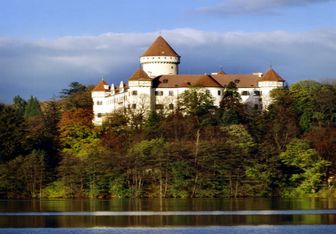
Konopiště Castle was founded as a Gothic fortress after the style of the French castles at the end of the 13th century, probably by Bishop Tobiáš of Benešov. The Vrtba Family of Vrtba transformed Konopiště in the 18th century into a Baroque residence. Archduke František Ferdinand d´Este, who purchased the chateau in 1887 from the Lobkowitz Family, reconstructed Konopiště into a noble seat of the future emperor. The chateau rooms were furnished with museum collections, the basis of which originates from the heritage of František Ferdinand from the Duke of Modena.
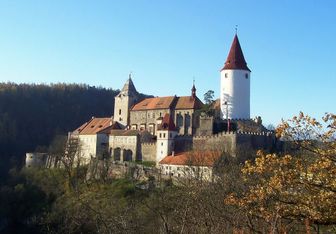
A large Gothic royal castle from the 13th century, originally a hunting castle of the Přemysl family, rebuilt at the end of the 15th century for Vladislav Jagellonský. A prison in the 16th century. It burnt down in 1643 and was reconstruction at the turn of the 20th century (J. Mocker, K. Hilbert). Historical interiors (chapel, knight hall, fürstenberg library, prison, fürstenberg museum).
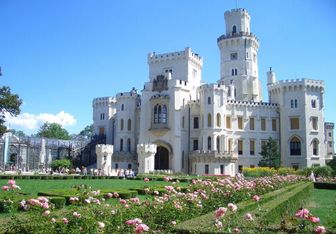
A monumental romantic chateau, originally a Gothic castle, rebuilt in the first half of the 18th century in Baroque style. In the 19th century, it underwent a major reconstruction in the style of the English Windsor Gothic into the representation seat of the Schwarzenberk Family. It houses a glazed winter garden and riding school English park with a size of ninety hectares.
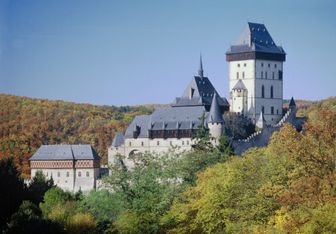
Karlštejn is the most significant Czech castle and one of the symbols of the Bohemian Kingdom. Charles IV, the Czech King and Emperor of the Holy Roman Empire had it built in three height levels in 1348. The bottom level was housing secular premises occupied by the Emperor, his wife and company, representing the corporation of terrestrials.




